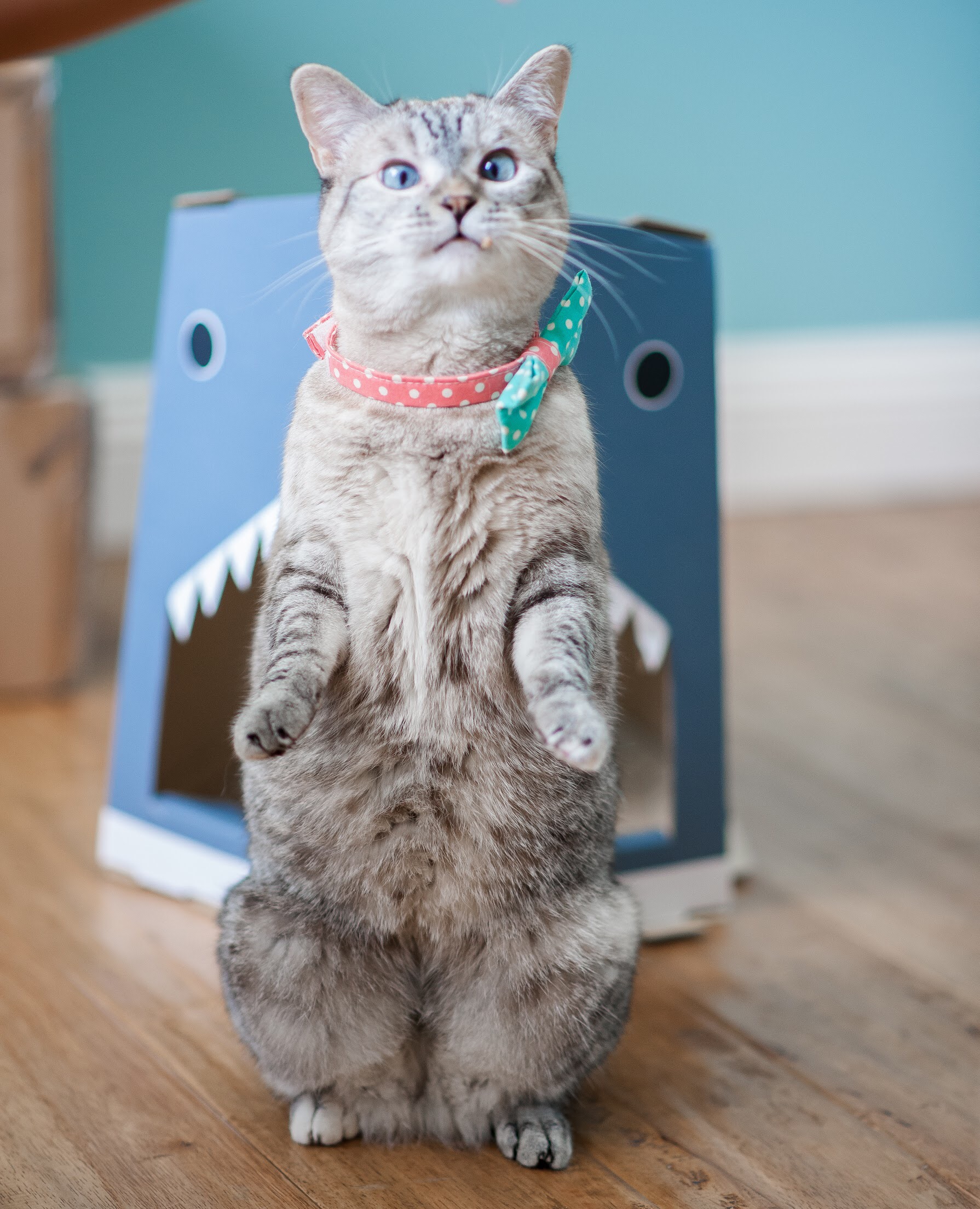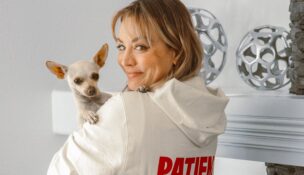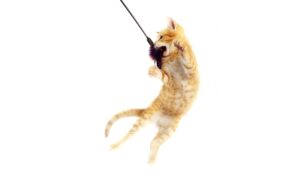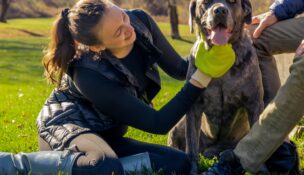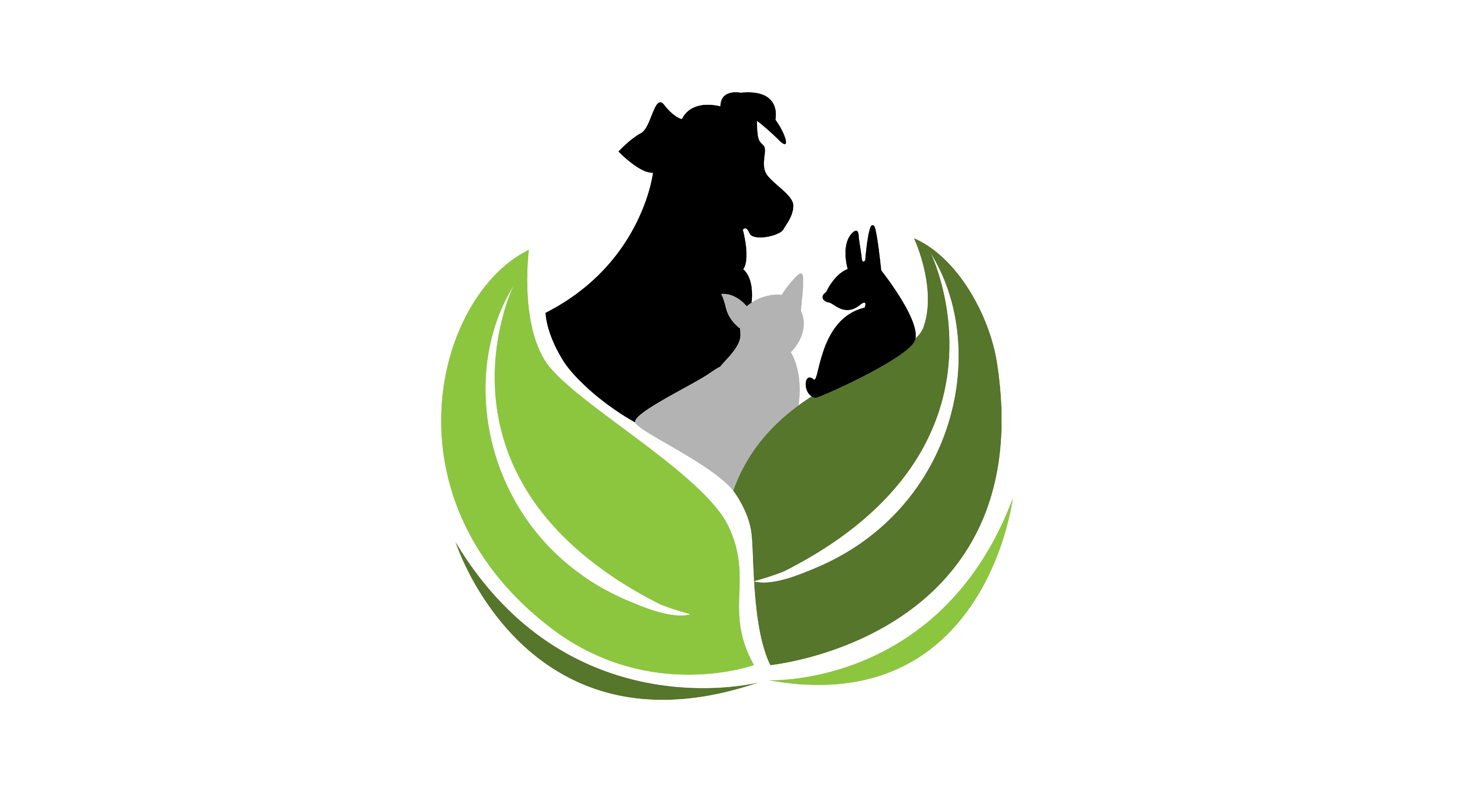Influencer, Pedigree Cats Connect With Consumers
Megan Jander //November 28, 2020//
Pets have a special way of bringing people together, and many cats are making themselves known in society. But at the end of the day, whether it’s social media catrepreneurs or the finest pedigreed cat competing in shows, these special cats are no different from the average household cat when it comes to their care and well-being. No matter where cats come from or what they do for a living, it is imperative that the pet industry heed their needs and provide the tools, products and services necessary for the best care and life possible.
Influencers
Nala is a Siamese-Tabby mix that was adopted as a kitten from a high-kill shelter by Shannon Ellis and Pookie Methachittiphan, who started the cat’s Instagram account right when Instagram was born. The intention was to just share photos with her family, but her followers just started growing.
According to Nala’s moms, “it was unintentional influencing.”
Nala is now 7 years old and currently has 4.3 million followers, making her the Guinness World Record holder for most followers on Instagram for a cat. Even if she didn’t have such a huge following, Ellis and Methachittiphan want her and her cat siblings to have the best care possible.
The top products they invest in are good food and grooming products, such as brushes and pet wipes. Ellis says she tries to brush Nala and her cat siblings every few days. For litter, they care about the dust, so they use Fresh Step. According to Ellis, “they live up to their promises.” They also use products for gut health support, and CBD from Paw CBD is always on hand. Additionally, they use STAINMASTER, which helps keep their cats from scratching the hard floors and from sliding and hurting themselves.
“We want to make sure they stay healthy and don’t get injured from running or playing. We want them to be comfortable,” said Ellis.
Ellis and Methachittiphan say one of the biggest challenges is the pet food industry, where super premium food is expensive for the average household.
“That was part of the reason we developed our own food [Love, Nala]. Everyone should be able to offer their pet something healthy, nutritious and delicious and not have to spend $100 on a bag,” Ellis explained. “Then you feel like a bad pet parent for buying something cheaper.”
According to Ellis and Methachittiphan, they want the pet industry to recognize that cats are more than just animals, they are family. This is especially important with more people having cats and dogs before kids.
“With this shift, there is a lot more room in the industry for improvement. Maybe these big brands can make a footprint and help with adoption and pet rescue efforts,” Ellis said.
That’s why with everything that Ellis and Methachittiphan learn about taking care of their cats, they let their followers know.
“Nala saved my life, so now I’m paying it forward. We dedicate our lives towards trying to make a difference not only for pets but for pet families. We spread this message beyond social media so that it lives somewhere offline as well,” Ellis explained.
When Waffles, a Scottish Fold, was a kitten, many people said he was ugly, so he had trouble finding a home. All the other kittens found homes except him. But one day, a couple came by the country house where he was with the intention of getting a dog. Waffles showed them his tummy and licked their hands. In that moment, the two of them were converted into cat lovers, and Waffles finally found a loving, forever home. Now, Waffles has amassed nearly 2.5 million followers on Facebook and 934,000 followers on Instagram.
“We started posting pictures online to share with friends and family. Over time, Waffles just gained more and more followers,” said Laine, Waffle’s owner.
Waffles has appeared in movies, commercials, TV shows and magazines. He’s also made appearances at several events. But behind the popularity, Waffles is a pet loved dearly by his owners. Laine explains that he is very spoiled and gets to do whatever he wants, including eating at the dining table with them and sleeping in the same bed as them. But more than that, Waffles is well cared for. In addition to brushing his fur and teeth, Laine feeds him good wet food.
“It’s good to feed your pets wet food because it helps increase their water intake. We’ve worked with various brands from boutique brands to mass-market brands. The first sponsorship we got was offered to us,” Laine explained.
Some of the brands that are partnered with Waffles are Purina Friskies and Fresh Step. Laine says that some of the campaigns donate to pet shelters and that it’s nice to participate in those campaigns. But more importantly, it depends on the pet.
“Different products do different things for different cats; you have to try them to see what works for your pet. Pets will often have preferences for certain brands and flavors, just like humans,” Laine said.
As the owner of an influencer cat, Laine feels that the pet industry can help impact the lives of pets. For example, in the event that pets are lost or stolen, it’s hard to get any legal help. But the pet industry as a whole can help lobby for this change in law.
“It’s important for the pet industry to know their customer,” Laine emphasized.
Smush was found outside at 10 days old and turned into the University of Florida’s College of Veterinary Medicine, where a kind vet student took her home. Smush had an upper respiratory infection and a terrible case of ringworm, so she was in foster care for a few months until she found her forever home. Smush was born with some congenital deformities (like her cleft lip and smushy face), so although she looks a bit different, she is healthy and happy. She has over 42,000 followers on Facebook and 548,000 followers on Instagram.
“It happened by accident, and I still often forget that she is an influencer. I am very involved in animal welfare and take photos/make videos to help animals get adopted. After my wife and I adopted Smush, I made a video about her rescue story and it went viral,” said Shannon Jackson, Smush’s mom.
Smush has been featured in stories by The Dodo, People Magazine and more. But at the end of the day, Smush gets the best of the best from her family, which has also led to some amazing partnerships and sponsorships.
“We started feeding Smush Weruva OMG (Oh My Gravy) Best Feline Friends (BFF) food after she got very picky with what we were feeding her originally. She became obsessed with the food, so I reached out to Weruva and asked if they wanted to work with us. They now supply our entire family of pets (five cats, four dogs) with food and they also recently donated 1,800 cans of cat food to my nonprofit foundation, The Smush Foundation,” Jackson explained.
The Smush Foundation’s mission, according to the website, is to raise money for animal welfare organizations—including animal shelters, rescue groups and shelter medicine programs—and to provide education, instruction and support on marketing and photographing techniques designed to increase animal adoptions. Jackson says she likes the charitable component, which she makes sure she incorporates into any partnership she has. For example, they also work with Litter Robot, which has donated multiple units for them to raffle off for The Smush Foundation.
Smush is an indoor-only cat, so Jackson makes sure that she receives proper vet care and lots of enrichment indoors. But she also wants the pet industry to understand the challenges that face pet owners.
“I think retailers and manufacturers should keep in mind the cost of the items we are promoting and make sure that they are affordable for the audience. I [also] think the pet industry can work with vets to promote proper care. Pets cannot tell you what they are thinking and when they are feeling bad,” Jackson explains.
As the owner of an influencer, Jackson encourages other pet owners to seek out medical help from a veterinarian and to volunteer at their local animal shelter. And when it comes to products, “it’s important to find things that have either health or enrichment benefits for your feline friends.”
Breeders
Julie Keyer always loved cats and grew up with a variety of animals. She got her first Siamese in 1990 and her first Oriental Shorthair in 1996, which led to Kattalyst Orientals and Siamese being registered. She and her husband, Roy, had only intended to show their cats, but after showing for two years and seeing how great the breed group is, and learning pedigrees and kitten care, they decided to expand their cattery. Since then, they primarily focus on Oriental cats, both longhair and shorthair, Siamese, Balinese and a few litters of Turkish Angoras. With all these cats to care for, many of which partake in shows, Keyer is specific in the products she uses.
“There are so many good products that make keeping cats as pets easier—more time to spend enjoying your cat and less time spent on chores. Also, products have expanded to keep indoor cats happy and healthy, from cat trees, toys and exercise wheels to food for specific ages, breeds and lifestyles,” Keyer said.
At Kattalyst, Keyer uses a variety of high-quality foods to make sure the cats get all the nutrients they need.
“Royal Canin has a good breed program, and I find that kittens wean well onto their foods. We also feed Instinct, Wellness, Weruva, Dave’s, Stella & Chewy’s and Fancy Feast for variety,” Keyer explained.
Keyer uses Arubacats cat scratchers and trees, since they are well-built and last a long time, Chris Christensen and La Pooch grooming products for shows, and Forti-Flora for healthy gut flora. And while she uses TSC pine pellets for litter, she recommends Dr. Elsey’s or World’s Best Cat Litter for pet homes. Additionally, she ensures that all the cats have regular veterinary care—which is convenient since their vet makes house calls—a clean environment, regular fresh air exchange in the house and lots of attention and love.
As a breeder, Keyer feels differently about the “adopt don’t shop” mentality and feels the industry should help address it.
“It really needs to be encouraged to ‘adopt or shop responsibly,’ and people should not be made to feel guilty for having a pedigreed pet. Public exposure to pedigree cats is important for people to realize that a variety of cats exist, just as dogs do,” Keyer emphasized.
Keyer works with her clients to make sure the breed is right for them. She teaches them about the personality, grooming, care and any health issues in the breed. And she recommends products that her cats have traditionally done well with, even learning from her clients about new products they have tried. But Keyer also wants the pet industry to recognize that breeders treat their cats as family members, just like pet owners. That means that their needs should also be heard.
“I appreciate food manufacturers such as Royal Canin that make kitten food available in larger cans and bags for when we are raising kittens. Many just market to the average pet owner with one or two kittens and not an entire litter,” she said. “Continue to be innovative with your products, and consider offering breeder programs. We will recommend products we are using to our clients, and many will go on to use them.”
Organizations
The American Association of Feline Practitioners (AAFP) supports its veterinary community in improving the health and welfare of cats through high standards of practice, continuing education and evidence-based medicine.
“Over the years, the AAFP has encouraged veterinary professionals to continuously reevaluate preconceived notions of practice strategies in an effort to advance the quality of feline medicine,” said Heather O’Steen, CAE, chief executive officer of AAFP.
“Providing a better experience for the cat and the owner, as well as educating and conveying the value of veterinary care, is integral for better feline health care. To do this, we have to educate ourselves, our staff team and cat owners about techniques and tips to reduce stress before, during and after the veterinary visit,” added Kelly St. Denis, DVM, DABVP (Feline) and president of AAFP.
According to O’Steen, AAFP has a number of activities and programs, such as Cat Friendly Practice and Cat Friendly Certificate, by veterinary professionals who provide quality, practical, feline-specific information.
“The largest challenge for cats are that so many are not seen for annual checkups. We must educate owners on the importance of bringing cats in for annual preventive care. When cat owners understand the value of veterinary care and the real reasons why their cat needs to come each year, compliance is increased,” said St. Denis.
St. Denis advises retailers, manufacturers and veterinarians to learn more about feline health, behavior and how to get more cats in the veterinary hospital for routine preventive health care. And for cat owners, St. Denis recommends choosing a veterinary hospital that is a Cat Friendly Practice and a veterinarian who is an AAFP member and/or has gone through the Cat Friendly Certificate program because “they have taken the extra steps to better understand cats and reduce stress during the visit.”
“Pet owners are an important part of their pet’s health care team,” St. Denis explained. “They live with the pet every day and can provide information about the pet’s normal behaviors, routines and any changes to these. Veterinary professionals use this information to help diagnose and treat, as well as develop a health care plan for that patient. The importance of annual visits needs to be reinforced at every visit and communication opportunity.”
The International Cat Association (TICA) encourages owners of all kinds of cats, whether a pedigreed breed or adopted from a shelter, to appreciate and discover all the wonderful traits that have made cats great companions for thousands of year. This translates into modeling very personal interactions at cat shows between owners and cats; collaborating with feline geneticists to identify the genes responsible for health conditions, colors or patterns; engaging with leaders in cat care to improve the lives of cats but most of all being a member association for people who love cats for any reason.
“Cat owners approach the care of their cats with unprecedented investments of emotional attachment and innovative adaptability. The symbiotic relationship between an informed pet industry and informed owner have benefits for both,” said Anthony Hutcherson, former director on the board for TICA and Bengal Cat breed chairperson.
According to Hutcherson, some of the best advancements have been in nutrition, particularly high-protein/low-carb foods, litter and litterbox improvement, synthetic pheromones as well as other products that address stress, catio/activity products and toys. But these advancements are not without challenges.
“The challenges ahead include the treatment of cats as a distinctive and valuable companion that is not a small dog and products to address the various ways cats and their owners live their best lives together,” Hutcherson said.
Hutcherson explains that cat owners can live with their cat in ways now that maximize the cat’s ability to use all their “felinity” to be the best pets ever—jumping, stalking, hiding, cuddling and climbing has never been more fun to do with a pet cat. He advises that owners should seek and request the foods, litter, toys, climbers, plug-ins and beds that bring out the purr in the perfect cat household.
To help these cat owners, Hutcherson explains that retailers, manufacturers and veterinarians can improve their familiarity with the diversity of the domestic cat, including breeds, body types, grooming requirements and activity levels. TICA helps by providing this information on its website.
“All of these groups can be improved by fully engaging the feline community of breed enthusiasts, rescuers, fosters and just plain cat lovers on micro and macro levels,” Hutcherson emphasized. “Visit cat shows, shelters and rescues to experience the way people are loving and living with cats in this new millennium.”
